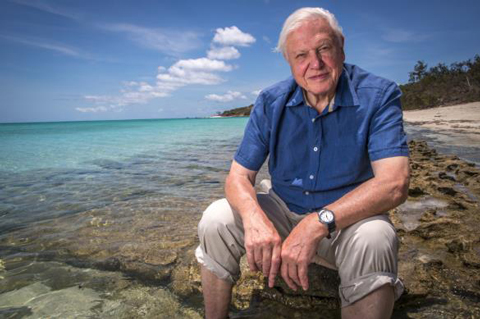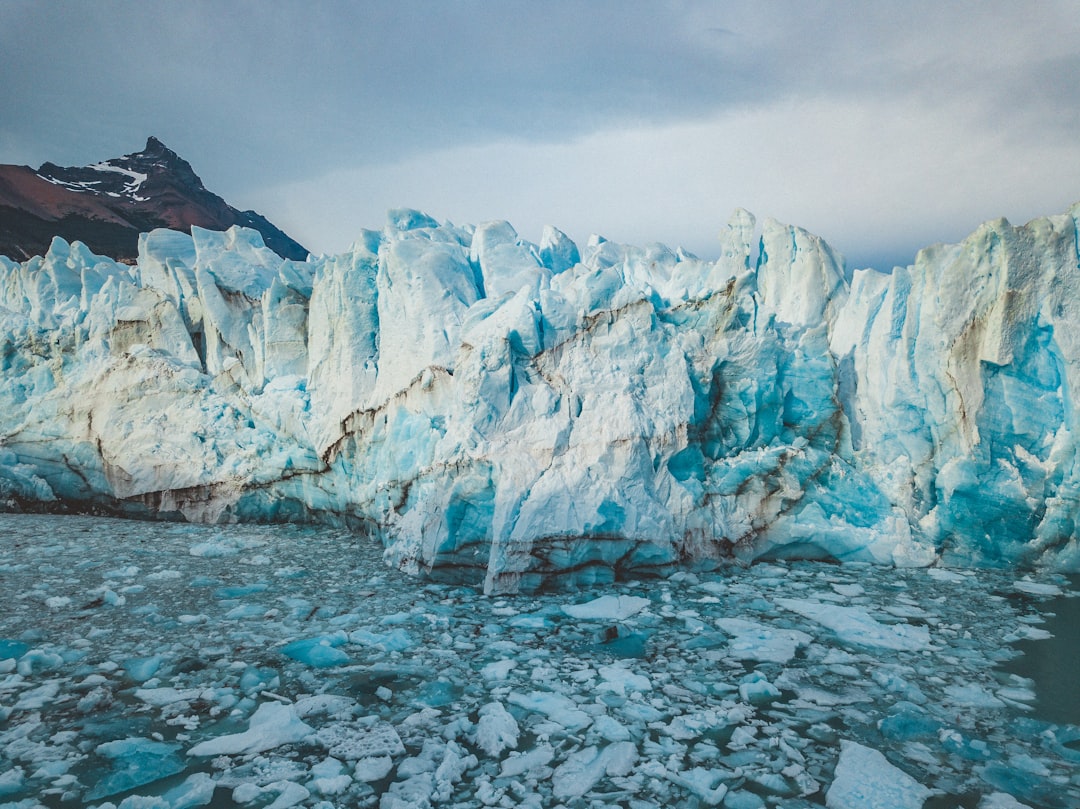Film editor Charlie Gearon discusses how the work of Attenborough and Bristol BBC’s Natural History Unit helps alleviate urban pressures and anxieties
Chances are, if you’re reading this, you’re currently in Bristol. As cities go, green spaces are relatively easy to come by here; it’s not uncommon for student houses to have small gardens, parks are dotted around all over the place, and The Downs, in the words of Visit Bristol’s website, ‘give the impression of being surrounded by countryside.’

Photo by BBC / Rachel Butler
The Bristol city council’s clear commitment to the creation and preservation of green spaces is in no small part responsible for the city’s receipt of the title of Europe’s Green Capital in 2015.
But for the more rurally-minded of us, this still leaves something to be desired. Despite the council’s best efforts, ‘an impression’ of countryside can only do so much, only goes so far to help alleviate the pressures and anxieties which accompany urban life for so many young people. In an increasingly urbanised and industrialised world, creative solutions to the entrapments of city life are needed.

Photo by Wikimedia Commons
Enter Attenborough. The nature documentaries produced by Sir David and the Bristol Natural History Unit of the BBC are hugely popular nationwide. In 2017, Blue Planet II was the nation’s most-watched TV show, with 14.1 million viewers tuning in for the series’ first episode.
Bristol in particular has a clear affinity for Attenborough’s work. At the end of 2017, Attenborough visited Bristol to host a free screening of BBC’s Blue Planet II. Some 106,000 people applied for just 200 tickets. That amounts to 530 applicants for each individual ticket.
With figures like these, there clearly exists an almost inexorable attraction which repeatedly and consistently draws viewers in, which compels people to tune in week after week, year after year.
So tonight I watched the "Big Blue" episode of Blue Planet II. The part about plastics, where the mother pilot whale was carrying her deceased calf, really moved me deeply. To see the damage we're causing to our world was heartbreaking. I wept like a baby.@BBCEarth #BluePlanet2
— Jimmy Dean (@Jimmy_Dean_SC) March 3, 2018
True, the obvious ecological angle of these programmes goes some way toward explaining this, as does the magnetism of Attenborough and his narration style. But if we look back earlier, if we consider where the compulsion to create and view natural history programming originally came from, we’ll see they serve to fulfil some other purpose. This purpose, as I see it, is closely tied to the need for green spaces, to escape the confines of urbanity. This purpose is escapism.
Cinema as a method of escapism has long since been acknowledged and accepted. The ability to disassociate from one’s own life, to forget about the mundanity and stress of the everyday and transport yourself into another world provides the basis and motivation for some of cinema and television’s greatest exports. The fantasy world of Lord of the Rings, the wealth and civility of Victorian period drams, and the sci-fi landscapes of Star Wars all allow viewers to leave their lives behind them for an hour or two, immersing themselves in the fiction in front of them.
Cinema as a method of escapism has long since been acknowledged and accepted.
At first, documentary as a form of escapism may seem contradictory. When we watch a show made by Louis Theroux or Stacey Dooley, dealing with inner city drug use or the proliferation of racism, we are not escaping the world, but rather being forced to confront it head on.
This, to an extent, is true of nature documentaries as well. Particularly in this age of impending ecological disaster, Plant Earth and Blue Planet do frequently force viewers to consider uncomfortable truths about the state that the world is in. This creates a sense of unease in some of the show’s viewers, and undoubtedly deters a not-insignificant portion of the population from tuning in.
Photo by Juan Cruz Mountford / Unsplash
But this is by no means the sole purpose of the NHU’s programming. Just as essential to Planet Earth as the awareness of natural disaster is the beauty, the intricacy, the wonder of the natural world. This element of these shows can explain where a lot of Attenborough’s appeal comes from.
Consider this. It’s a Tuesday morning in the middle of term. You wake up, get ready, and walk into university. Your day is spent almost entirely indoors, in lecture halls and libraries. At 6 o’clock you walk home. On the way you pass by a few shops, some terraced houses, maybe a tree or two, before getting home, making dinner, and spending the evening in. How many days have you, and countless other students, spent like this: trapped in routine, surrounded by concrete and stone.
The ability to get home on that Tuesday evening, turn on your TV, and be transported to the African Savanah, to the Coral Reef, to the Himalayas, allows viewers to break from this grey monotony, even if just for an hour. Whether consciously or not, when you watch one of these documentaries, you’re engaging with escapism. For a brief spell, you leave the city behind, and immerse yourself in the wilderness.
The value that this element of the NHU’s programming has is criminally under acknowledged. Perhaps this isn’t as important the need to spread awareness about climate change, and to extol a conservationist message. But nevertheless, it’s an important aspect of why natural history programming is as popular as it is.
Photo credit: Flickr/Stanley Zimny










